Doris Taylor Succulent Info: Tips On Growing A Woolly Rose Plant
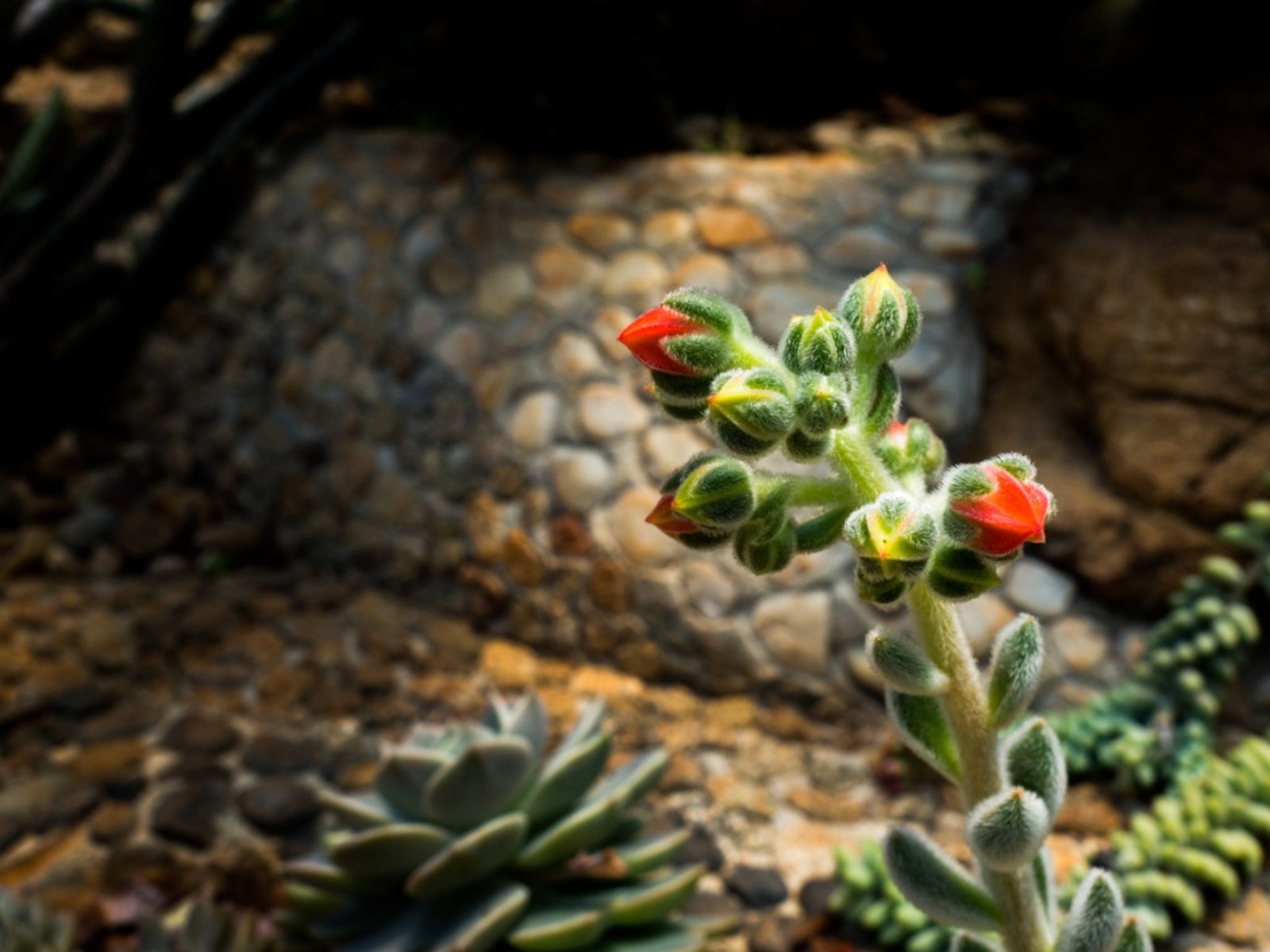

Echeveria ‘Doris Taylor,’ also called the woolly rose plant, is a favorite of many collectors. If you’re not familiar with this plant, you may ask what is a woolly rose succulent? Keep reading to learn more about this interesting succulent plant.
Doris Taylor Succulent Info
Doris Taylor is an attractive pale green succulent plant. The leaf tips of this echeveria are sometimes dark and leaves are always quite fuzzy. It has a charming rosette shape reaching 7 to 8 inches (18-20 cm.) around and just 3 to 5 inches (7.6-13 cm.) tall. Try growing a woolly rose in a white container to best display its attractive, diminutive persona.
As with most fuzzy leafed plants, little water is needed and leaves propagate more slowly than smooth leaved varieties.
Woolly Rose Plant Care
When growing a woolly rose indoors, place it where it gets full morning sun or at the least bright light. Outside, morning sun may be filtered or dappled, but best performance of this plant results from a few hours daily of direct sun. As always, slowly acclimate to a full sun situation. Sources indicate the plant can maintain in shade. Keep Doris Taylor in afternoon shade in the hottest days of summer.
More water is needed during the growing season; however, waterings should still be infrequent. Water even less in winter while the plant is dormant. Doris Taylor succulent info advises growing this specimen in a mix of half potting soil and half coarse sand. Whatever potting mix you plant it into, water should quickly drain past the roots and exit the container.
Fertilize in spring and summer with diluted cactus and succulent food for warm weather growth.
Dark leaf tips appear from sunlight and low water conditions. Showy orange blooms may appear on the contented specimen in late spring and summer on 8- to 10-inch (20-25 cm.) stems. Trim stems when flowering is finished.
Gardening tips, videos, info and more delivered right to your inbox!
Sign up for the Gardening Know How newsletter today and receive a free copy of our e-book "How to Grow Delicious Tomatoes".
If you notice aphids swarming the new flower growth, as they sometimes do, move the plant from the sun and treat with 50 to 70 percent alcohol. Try to avoid getting alcohol on the foliage of the plant below. The best way to do this is to tilt the container and then spray the bloom stalks and buds. Alcohol mix may be diluted. A stream of water may also work for dislodging these pests.
You may collect seeds from the faded blooms, but since this plant is a hybrid, seeds don’t come back true to the parent. A cross between Echeveria setosa and E. pulvinata, it might be interesting to see what, if anything, develops from the seeds. Propagate this plant from cuttings for a replica of the parent.

Becca Badgett was a regular contributor to Gardening Know How for ten years. Co-author of the book How to Grow an EMERGENCY Garden, Becca specializes in succulent and cactus gardening.
-
 Get Ready For A Summer Of Hummers! Grow These Full Sun Hummingbird Plants and Flowers
Get Ready For A Summer Of Hummers! Grow These Full Sun Hummingbird Plants and FlowersIf you’re lucky enough to enjoy a sunny backyard, make sure you are maxing out on your pollinator opportunities and grow these full sun hummingbird plants and flowers
By Tonya Barnett
-
 12 Lush Alternatives To A Lawn For Sustainable Spaces
12 Lush Alternatives To A Lawn For Sustainable SpacesAlternatives to a lawn are beautiful and also beneficial to your local ecosystem and its pollinators. Explore our top picks for plants to replace grass.
By Tonya Barnett
-
 Echeveria Pallida Plant Info: Growing Argentine Echeveria Succulents
Echeveria Pallida Plant Info: Growing Argentine Echeveria SucculentsIf you enjoy growing succulents, then Echeveria pallida may be just the plant for you. Click here to learn about Argentine echeveria plants.
By Becca Badgett
-
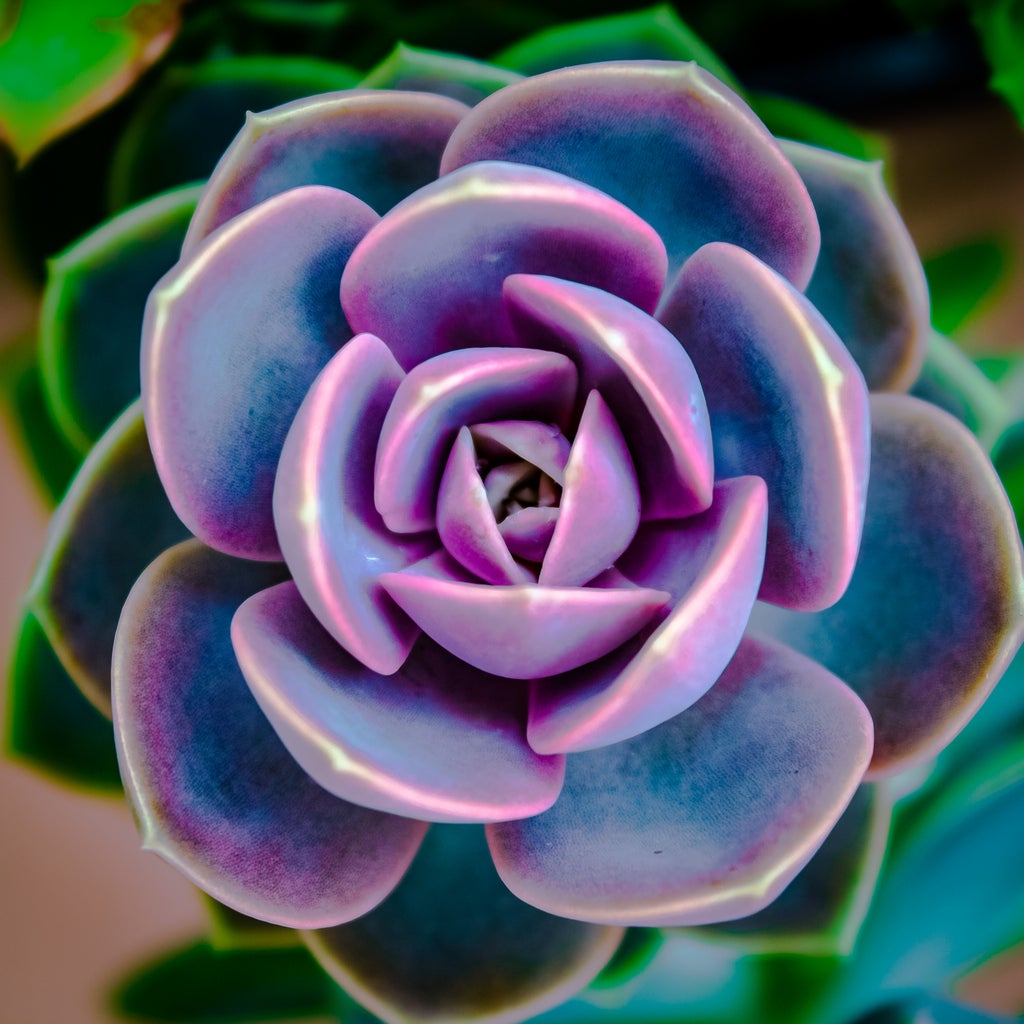 Perle Von Nurnberg Info: What Is A Perle Von Nurnberg Plant
Perle Von Nurnberg Info: What Is A Perle Von Nurnberg PlantEcheveria are some of the easiest succulents to grow, and the Perle von Nurnberg plant is one of the prettiest examples of the group. Click here for some comprehensive Perle von Nurnberg information.
By Bonnie L. Grant
-
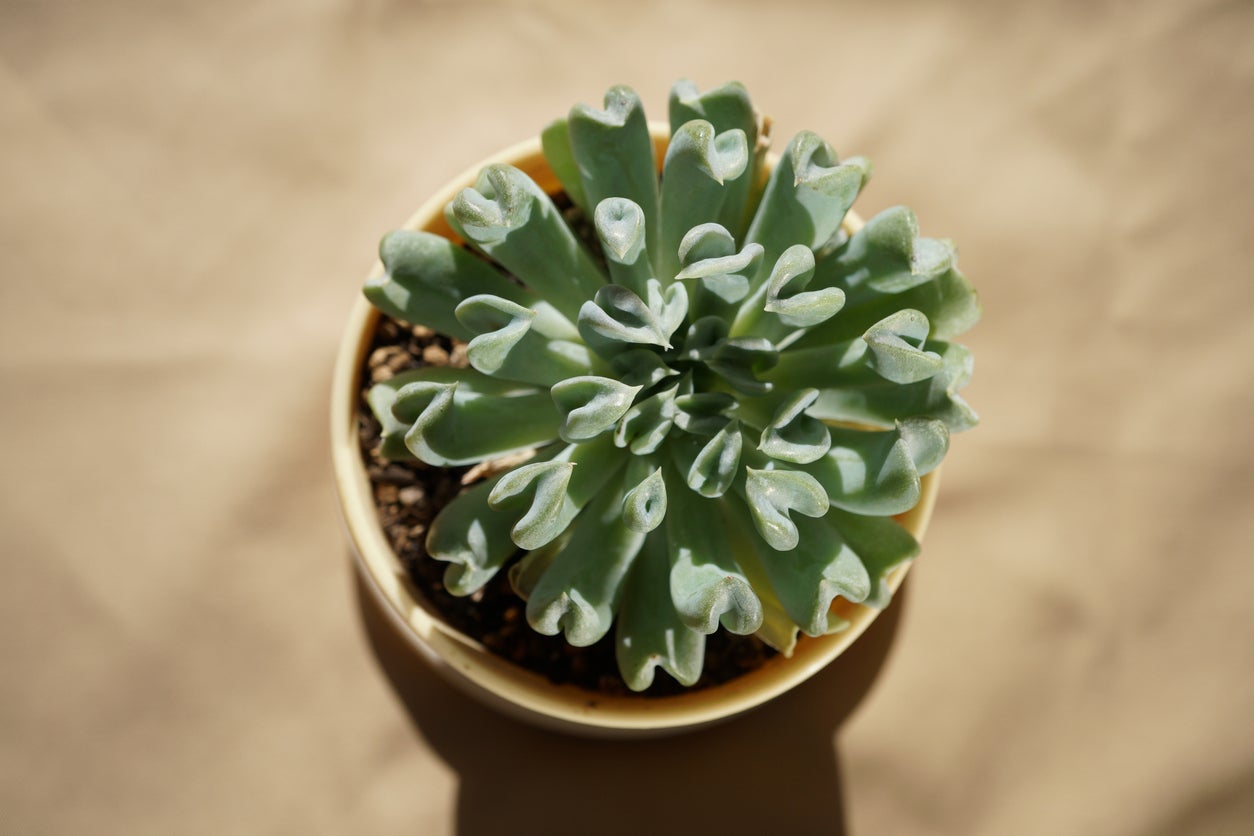 Topsy Turvy Echeveria Care: How To Grow A Topsy Turvy Plant
Topsy Turvy Echeveria Care: How To Grow A Topsy Turvy PlantSucculents are varied and come in a lot of different shapes and colors. A Topsy Turvy plant is a stunning type of echeveria, one large group of succulents, that is easy to grow and adds visual interest to desert beds and indoor containers. Learn more in this article.
By Mary Ellen Ellis
-
 Arctic Ice Succulent: What Is An Arctic Ice Echeveria Plant
Arctic Ice Succulent: What Is An Arctic Ice Echeveria PlantSucculents are enjoying immense popularity as party favors, particularly as wedding take away gifts. If you have been to a wedding lately, you may have come away with an Echeveria ‘Arctic Ice’ succulent, but how do you care for it? This article will help.
By Amy Grant
-
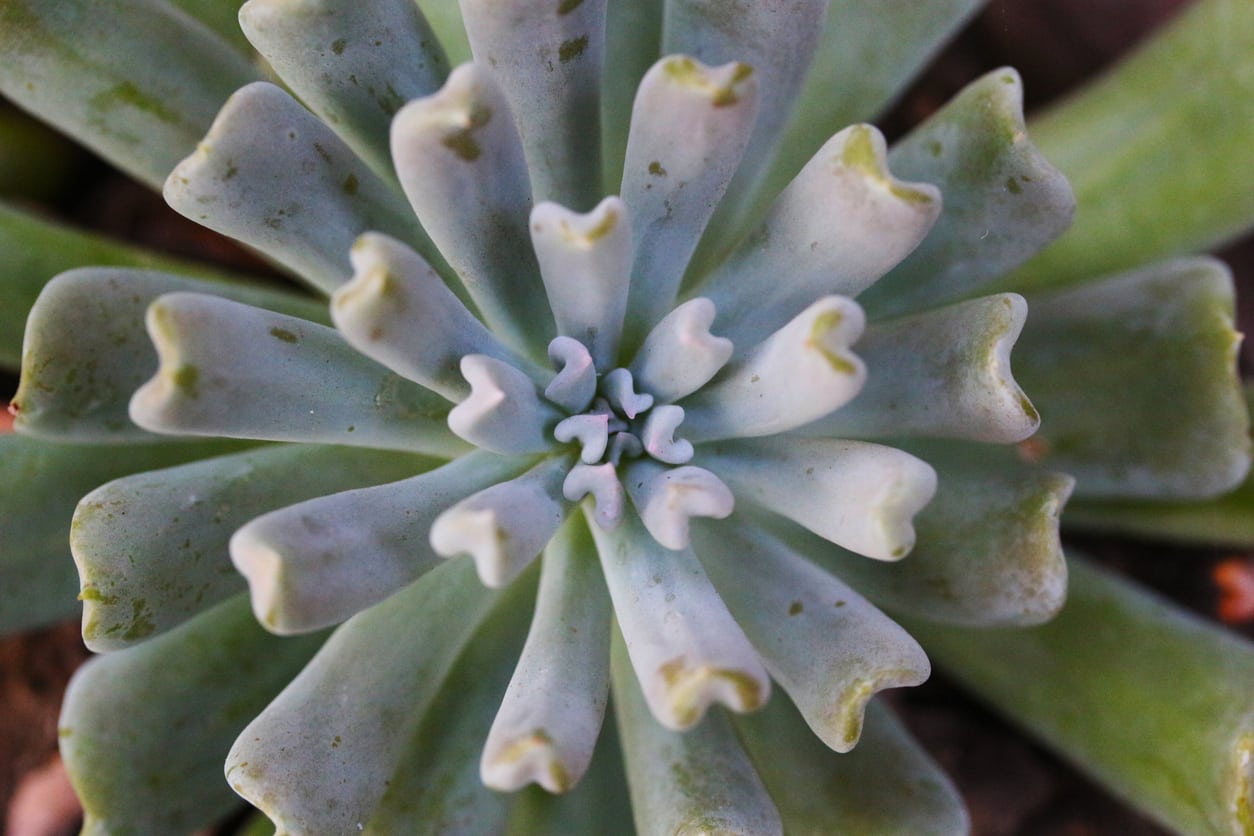 Irish Mint Echeveria Info: How To Grow An Irish Mint Succulent
Irish Mint Echeveria Info: How To Grow An Irish Mint SucculentEcheveria is a genus of stonecrop plants with a huge variety of species and cultivars, many of which are very popular in succulent gardens and collections. One beautiful and easy-care variety is Echeveria ‘Irish Mint.’ Click here for more info on this echeveria plant.
By Liz Baessler
-
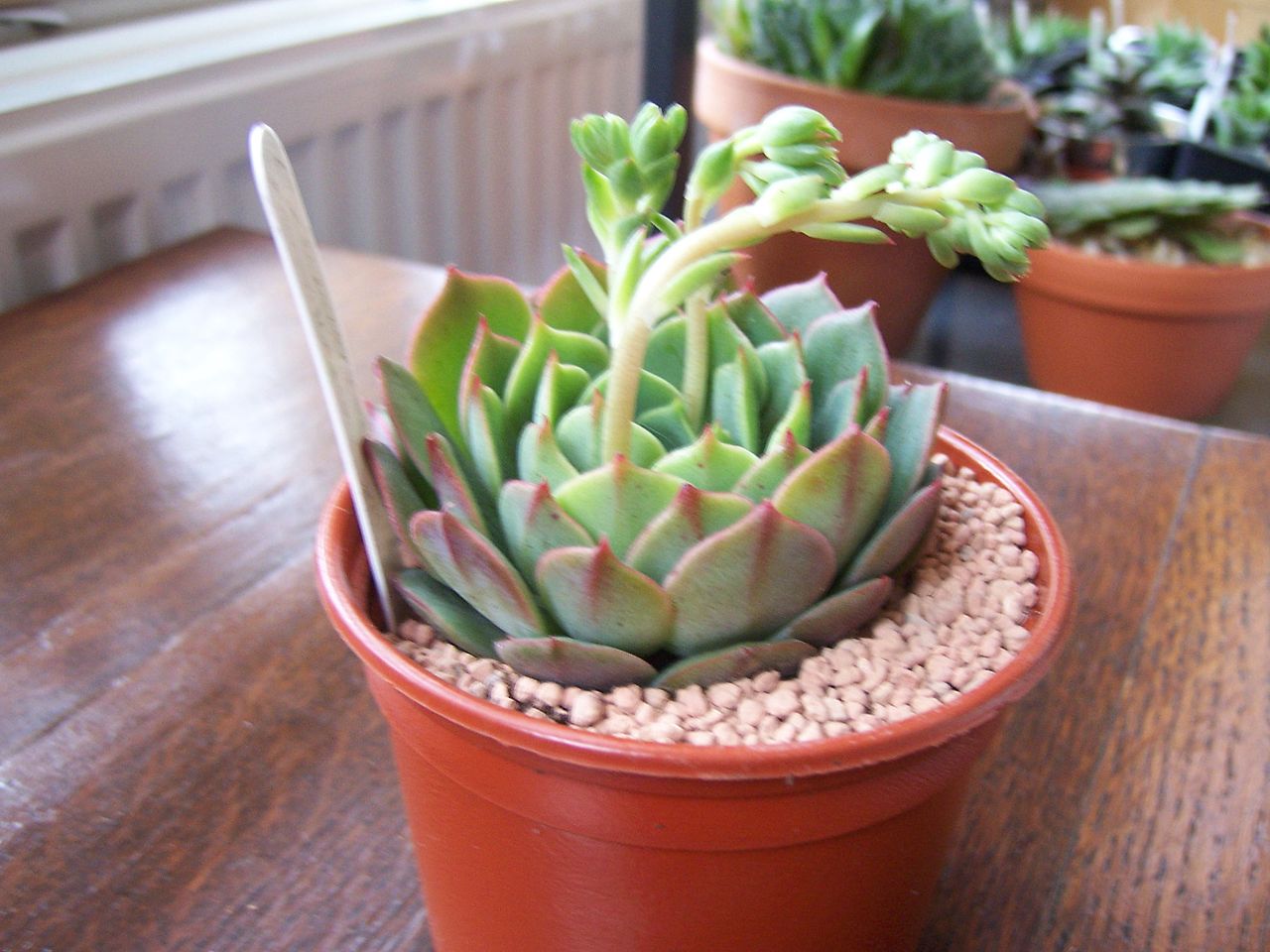 Caring For Ramillette Echeverias – Information About Ramillette Succulents
Caring For Ramillette Echeverias – Information About Ramillette SucculentsThe Ramillette echeveria plant is also called Mexican hens and chicks, but don’t be misled. These plants are only hardy in USDA zones 9-11 for year-round outdoor planting and growing. Click here to learn more about caring for a Ramillette echeveria plant.
By Becca Badgett
-
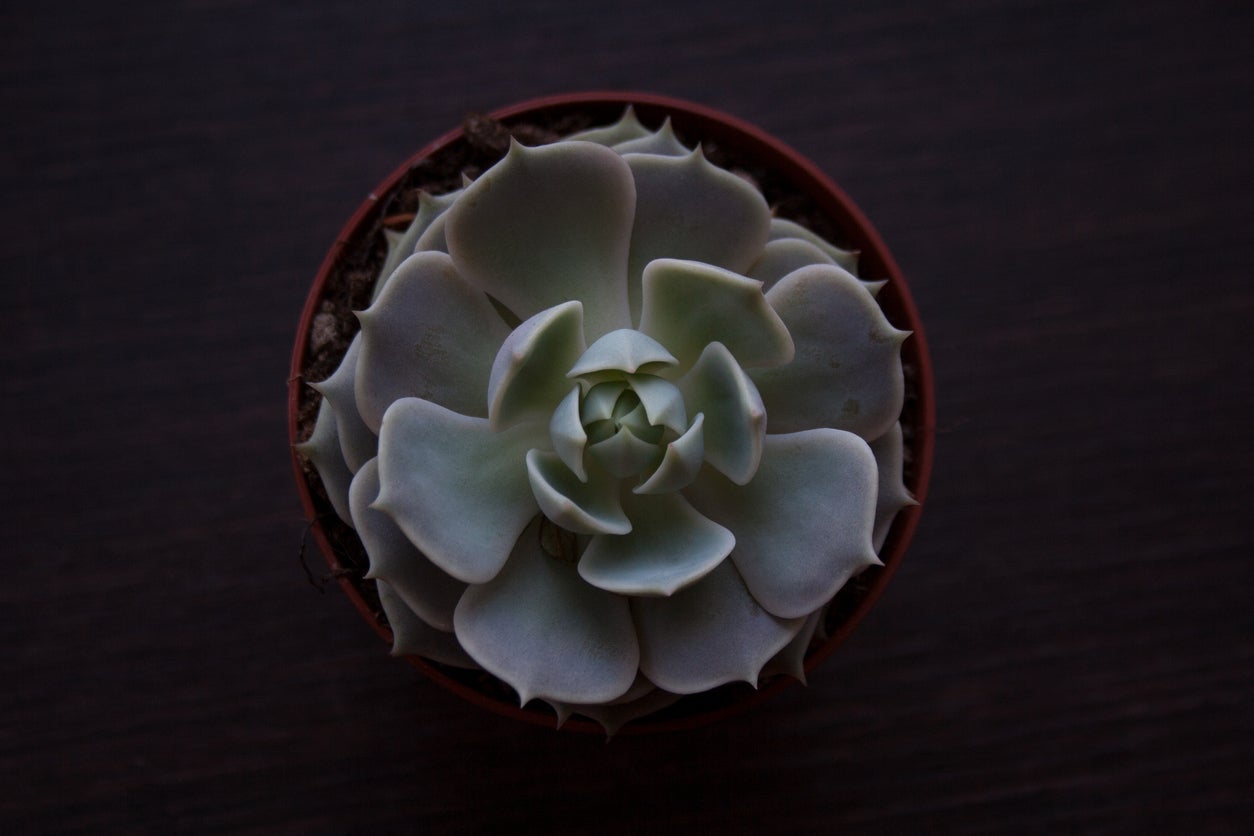 Echeveria ‘Lola’ Info: Learn How To Care For A Lola Echeveria
Echeveria ‘Lola’ Info: Learn How To Care For A Lola EcheveriaAnother of the most commonly owned succulents, the popular Echeveria ‘Lola’ plant is a beautiful, rosette that may be surrounded by pups. Offsets produce readily on this grayish-blue leafed favorite. Growing Lola echeveria is simple too, and this article will help.
By Becca Badgett
-
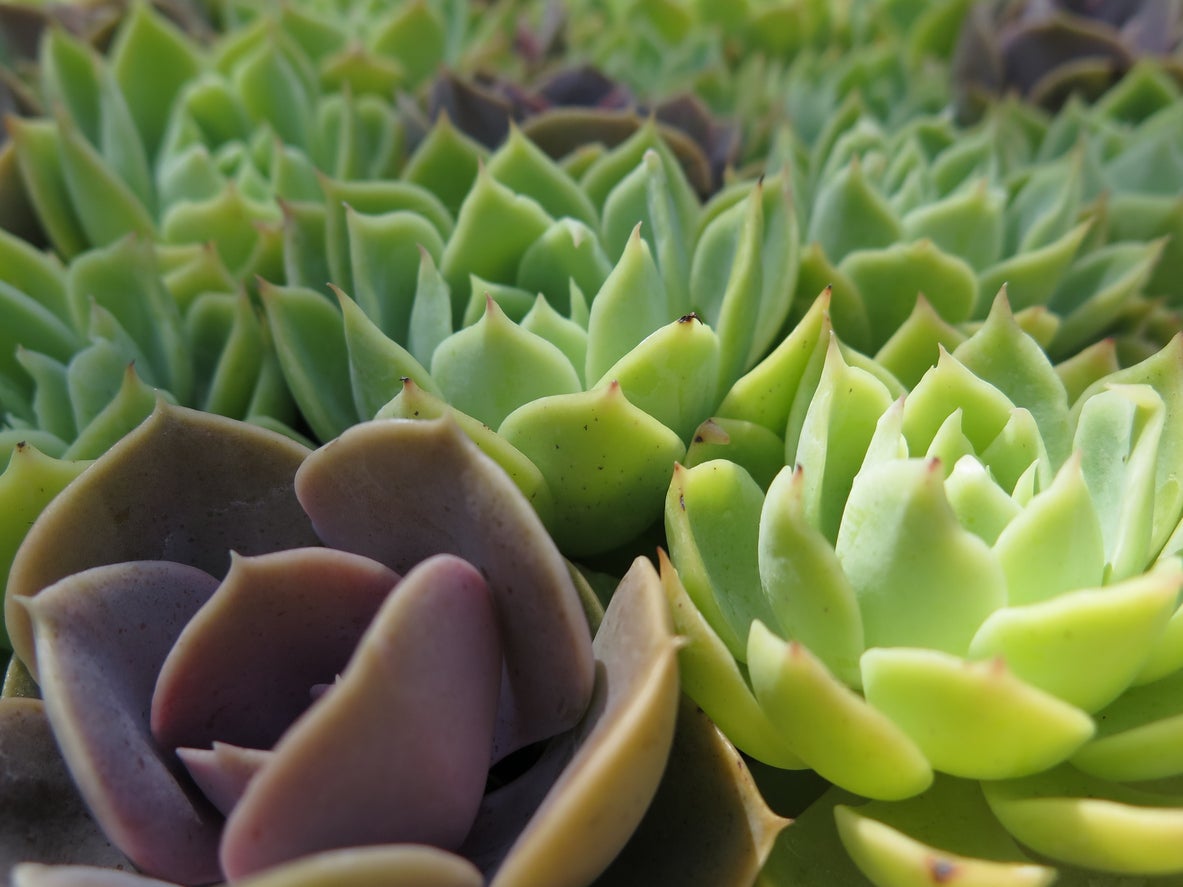 Care Of Peacock Echeveria – Tips For Growing Peacock Echeveria Plants
Care Of Peacock Echeveria – Tips For Growing Peacock Echeveria PlantsSomewhat unusual and possibly hard to find, the Peacock echeveria is a fast-growing succulent plant with rosettes up to six inches (15 cm.) across. It is unusual for a succulent to report fast growth. Learn more about growing a Peacock echeveria succulent here.
By Becca Badgett